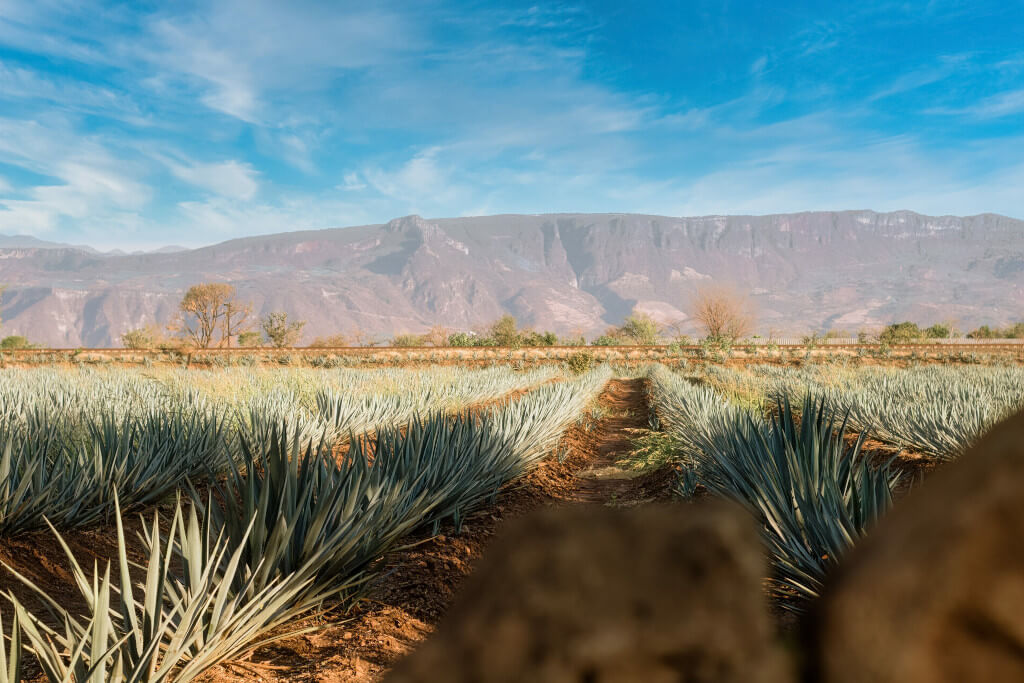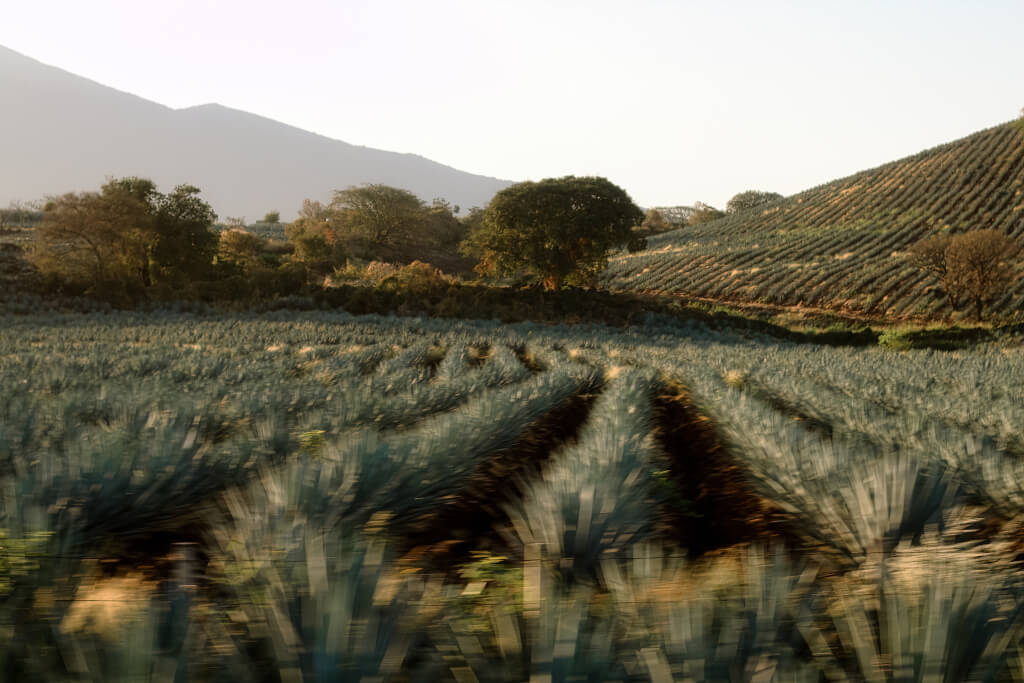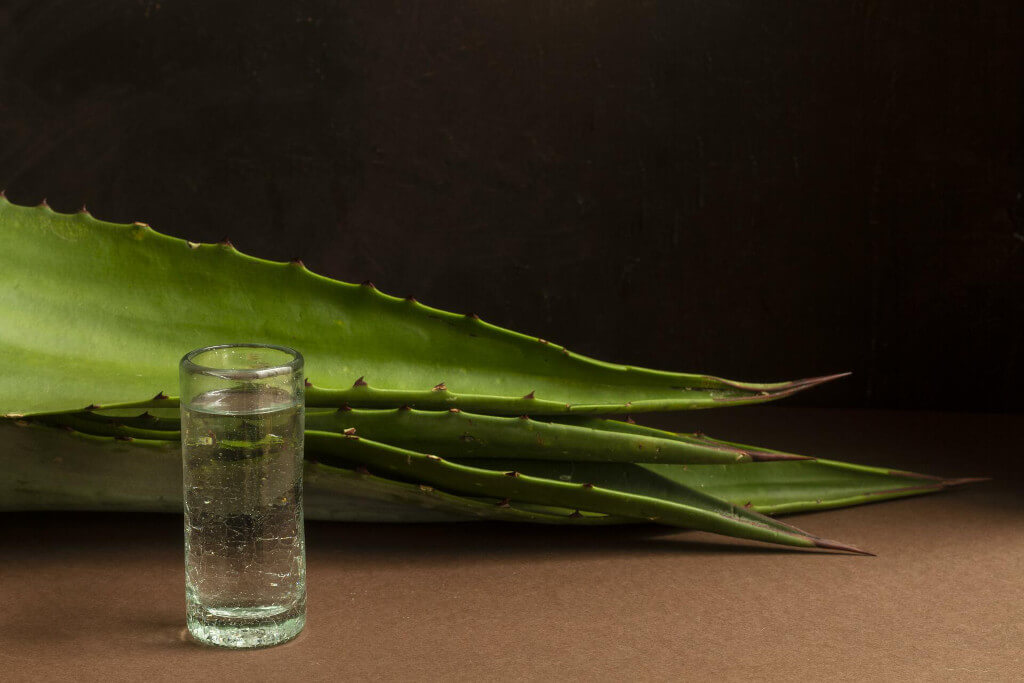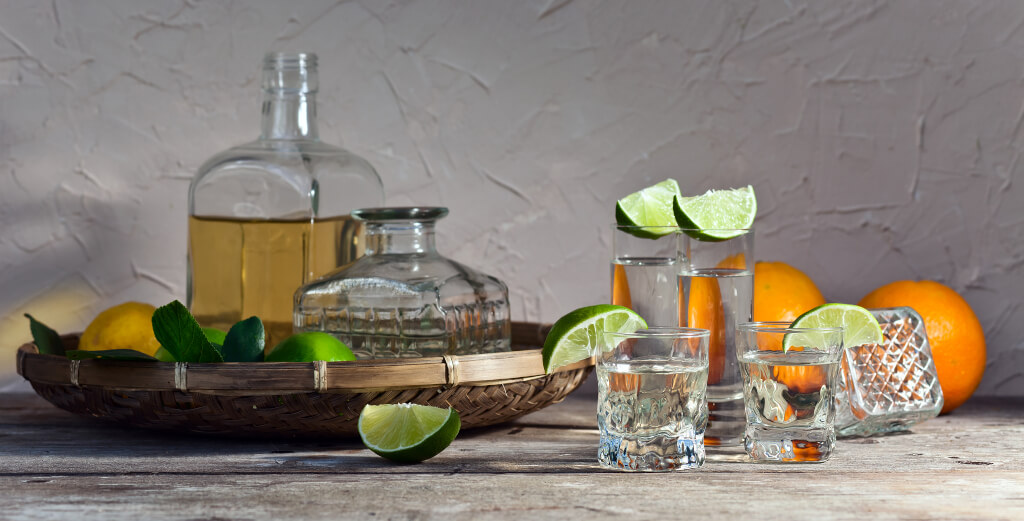Tequila, with its origins deep in Mexico, is not merely a cocktail ingredient or a daredevil’s choice for a shot. Its essence captures the flavour and personality of the region in which it was cultivated. This intriguing spirit owes its unique flavour profile to something the French charmingly name “terroir,” and it’s a combination of sweet, earthy, and sometimes spicy notes. Intrigued? We are, too. A region’s climate, soil, and other natural circumstances all contribute to the flavour of agricultural goods, including our favourite tequila. This concept is known as “terroir.” Put on your safety belts because we’re going on a trip that won’t disappoint your taste buds: a trip that follows tequila from its origins in the agave fields of Mexico to your cocktail glass.
Having firm grounding: The Origins of Tequila’s Terroir “Terroir” – now there’s a fancy phrase! Terroir (ter-wahr) is the French word for soil, but it is often used more generally to refer to the surrounding natural environment in which wine or spirit is made. The term encompasses every factor that may affect the final product’s flavour, including but not limited to soil type, altitude, and climate, as well as local farming practises. In layman’s terms, terroir is the indelible regional stamp discernible in the libations made there.
In Mexico, there are two main areas where tequila is produced: the highlands, or “Los Altos,” and the lowlands, or “El Bajio.” Both of these areas produce tequilas with a different flavour profiles because of their geography and history within the state of Jalisco.
The Two Main Tequila Terroirs
Los Altos, in the Highlands, is known for producing tequilas with a more sugary and fruity flavour. This is because of the region’s cooler climate and higher altitude, as well as its rich, red clay soil. Highland tequilas are sweet and aromatic because the agave plants in this region grow larger and have higher sugar content.
Conversely, tequila from the Lowlands, or El Bajio, delivers a very different experience with its earthier and more herbal flavour profile. Closer to the ocean, in the lowlands, the climate is warmer, and the soil is volcanic. Some claim that the tequila produced in this region has a deeper, more nuanced flavour since the agave plants have to endure harder growth circumstances.
So, the next time you have a shot of tequila, consider its origins in the soil. Is it fruity and syrupy, suggesting a Highland birthplace? Or, does it have a grassy, earthy quality that makes you think it originated in the Lowlands? Learning about the terroir of a beverage is like having a chat with the place that nurtured it.
Environmental Factors
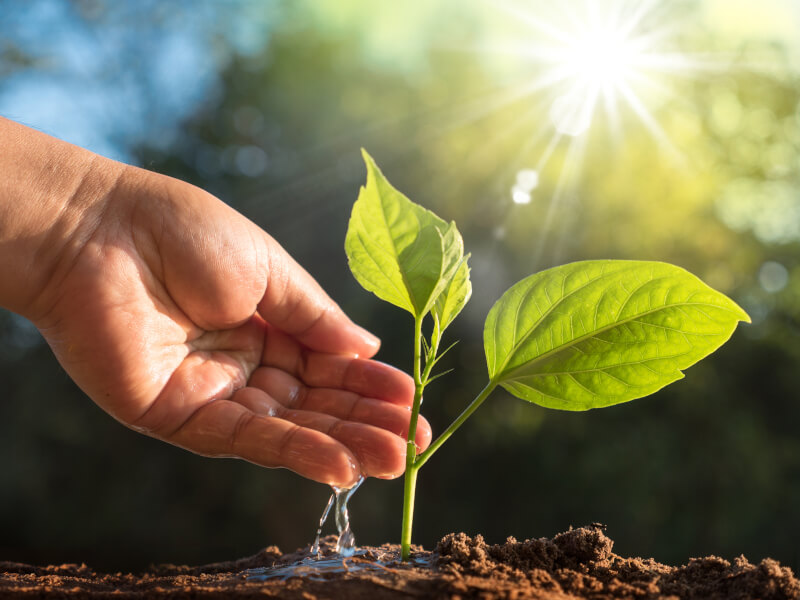
As we continue our exploration of tequila, it is impossible to discount the impact that geography has on the spirit’s distinctive flavour profiles. We’ve talked about terroir in general, but now let’s examine how soil, temperature, altitude, and water each play a role in shaping the tequila’s final flavour profile.
Flavour Begins in the Soil
There is as much variety in flavour as there is in the soil in Mexico’s tequila-making regions. Iron and other minerals abound in the Highlands’ distinctive red clay soil. Larger agave plants with sweeter, fruitier hearts may flourish in this red soil, and the resulting tequila is a reflection of their characteristics. The soil in the Lowlands, on the other hand, is notoriously rocky and black due to volcanic activity. This rough landscape puts extra strain on the agave plants, giving the resulting tequila a deeper, more nuanced, and earthy flavour.
Environment, the Natural Still
Despite their proximity to one another, the tequila-producing regions of Mexico each have their distinct climate. Agave plants mature more slowly in the Highlands because of the cooler temperatures and higher rainfall. Because sugars can accumulate more rapidly during sluggish development, the resulting tequila is sweeter. In contrast, the Lowlands are typically warmer and dryer. Intense, herbaceous tequila is a common result of the tougher growing circumstances experienced by the agave plants in this region.
Elevation
This is a key factor in the development of the agave plant and, by extension, the flavour of tequila. A slower growth of agave results in a sweeter tequila, and the cooler environment of the Highlands, located at an altitude of almost 2,000 metres above sea level, has the same effect. However, in the warmer Lowlands, where agave may mature more quickly, a more robust and robustly earthy tequila is produced.
Water
The final and most important component of tequila is the water used to make it. Water from the sky, a nearby spring, or a deep well may all taste slightly different. A tequila made using rainwater may be a more authentic representation of the agave plant than one made with spring water, which often contains minerals. Water from multiple sources is commonly used in distilleries to generate a certain flavour. With this knowledge, we can better appreciate the art and science that went into making our favourite tequila.
Safeguarding Tequila’s Signature Flavour
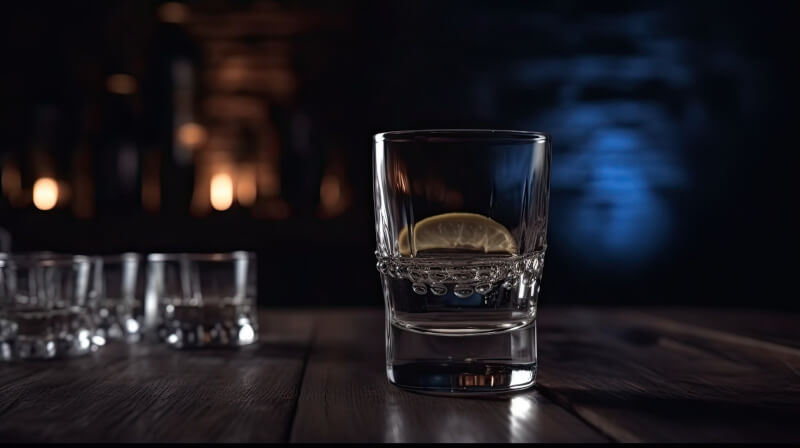
The more we learn about the amazing relationship between tequila and its natural surroundings, the more we realise how important it is to protect that connection for the sake of the future of this treasured drink. Here’s where the cultivation of agave plants in a sustainable way comes in.
Planting Future Hope
Allowing some of the agave plants to blossom promotes genetic variety by allowing bats and other pollinators to disperse the seeds naturally. However, modern farming practises prioritise speed over efficiency, putting the well-being of agave plants and their pollinators at risk. The longevity of agave species and the complex array of aromas in tequila are crucial, thus sustainable farmers give preference to these time-honored techniques. This method serves to safeguard our taste buds while also preserving ecological harmony.
Cheers to the Eco-Heroes
It’s heartening to see so many tequila producers committing to responsible business practises to preserve the spirit’s distinctive flavour.
Tequila Patrón is dedicated to minimising its negative effects on the environment through initiatives like recycling and composting. They also have a plant for recycling used agave fibres into fertiliser for the fields where the plant is grown.
Casa Noble is an organic distillery that takes great satisfaction in not utilising any synthetic fertilisers or pesticides in their agave crops. In order to complete the cycle of manufacturing, they also use the distillation byproducts to make compost.
Native to the Siembra Valley
They stand out for their unwavering commitment to the traditional, environmentally friendly techniques of making tequila. They let the agave plants grow to full maturity and bloom before harvesting, which benefits the local bat population and ensures genetic diversity.
Saluting the distilleries who go above and beyond to preserve the environmental essence inherent in this exquisite beverage is only fitting as we raise a glass to the delights of tequila.
A Guide to Environmental Perception
We’ve travelled through the agave fields, learned about the terroir, and appreciated sustainable practises; now it’s time to sample the tequila that resulted from all of this hard work. But how can we taste the terroir of the region where the tequila was produced? Initiate this wonderful journey with me.
Tasting Tequila
Use your eyes, nose, and taste buds to evaluate a bottle of tequila. Take a look at the tequila’s colouring; a golden tint may indicate oak barrel ageing, whereas a clear tequila is usually unaged. Have a good whiff and see if you can place any distinguishing fruity, flowery, herbaceous, or earthy notes. Now that everything is ready, take a drink and let the tequila coat your taste buds. Consider whether it has a sweet, bitter, spicy, or earthy taste.
Sweet, fruity, and flowery aromas are common in tequilas distilled from agave that was cultivated in the Highlands, where the soil is red clay and the climate is milder. Lowland tequilas, on the other hand, may exhibit more earthy, spicy, and powerful aromas because they are grown in rocky volcanic soil in warmer circumstances.
Experimenting with Terroir Flavours
Some great brand suggestions that capture the essence of their regions:
- El Tesoro is a distillery in the Highlands, and their tequilas are a wonderful representation of the region’s signature fruitiness and sweetness.
- Tequila Ocho is a one-of-a-kind label since it specifies which estate each bottle of tequila was produced in.
- Tequila with the earthy, rich flavours typical of the Mexican Lowlands is what you’ll find at Fortaleza.
- The point isn’t to become a tequila expert overnight so much as to take pleasure in the process of learning to recognise and appreciate the myriad ways in which the spirit’s origins inform its flavour. So the next time you’re enjoying a shot of tequila, think of it as more than simply a drink; think of it as a piece of Mexico’s geography, climate, and culture.
The Roots of Tequila
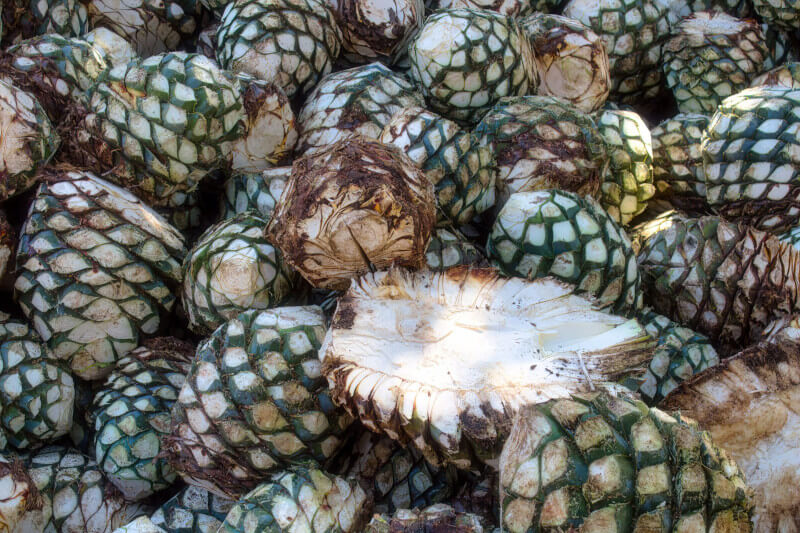
We’ve come to the end of our voyage into the fascinating world of tequila, and it’s become abundantly evident that this treasured spirit is much more than just a drink. It’s a representation of Mexico’s varied terroir and the embodiment of time-tested methods that don’t compromise the environment.
We observed the agave plant’s transformation into tequila as it was fed by the soil, moulded by the environment, impacted by the altitude, and sustained by the water. Both the light, fruity flavours of the Highland tequilas and the deep, earthy tones of the Lowland tequilas have been enjoyed. This wonderful culinary trip will be around for future generations thanks in large part to the distilleries that have been at the forefront of sustainable agave agriculture.
Stop for a moment and think about the complex dance of nature and human effort that is necessary to keep this extraordinary being alive. Keep in mind the terroir that lingers in every drop, whether you’re enjoying it straight, in a cocktail, or even taking a shot.

